Here goes, a list of common criticisms for Ethereum, and my personal opinion on each of them. This space is rife with misinformation, FUD and downright lies, I hope this encourages people to think critically and find accurate information for themselves. If you have more questions, feel free to comment. If you disagree, that's fine, I have expressed my opinion. I will, of course, revise my opinion for factual errors or oversights.
Everything in this post is public domain, feel free to share it with anyone in parts or in entirety, cross-post them, riff on them etc. I don't need any credit - I just want to do my part in quelling the rampant balderdash that pervades this space. (PS: I tried posting this in r/cc and r/ethereum and as expected, they were removed. So if you know what's required to get such a post approved, please feel free to repost.)
Special shoutout to r/ethfinance folks for contributing questions.
Ethereum can't scale
This is demonstrably false because there are multiple rollups currently online, some of which have been running for a year now! Here are some examples that you can use today: Loopring, zkSync, DeversiFi, Hermez, Aztec, dYdX, Immutable X etc. Most of these projects can process thousands of TPS with such low gas fees that some of them subsidize it (or abstract it away from UX), so the users effectively pay zero gas.
What's missing are generalized programmable rollups. Optimism has been live on mainnet since January, but is currently restricted to only Synthetix. Uniswap V3 is the next major release on Optimism, before finally opening it up for public smart contract deployment in July or later. By the way, Optimism have done a terrible job with communications this year - criticism is certainly due here. Engineering-focused project or not, communications & public relations are always important.
But Optimism is just one solution. Other solutions like zkSync 2.0, Arbitrum and StarkNet will be rolling out over the course of the year, and we have more like OMGX and Cartesi joining the fray. Indeed, it now seems likely Arbitrum will be publicly available ahead of Optimism. Not to mention sidechains or commitchains like Polygon or xDai, or other EVM chains like BSC or Avalanche. Ultimately, all of these are part of the extended Ethereum ecosystem.
At the same time, this is also partially true. I will note that Ethereum L1 gas fees will likely remain high forever, short of some exotic technology that doesn't yet exist. Even on rollups, you're not going to get dirt cheap fees until data sharding is released, which is a couple of years away, and even that won't be enough long term. And that's just fine... There's simply overwhelming demand for EVM blockspace.
Related: Opinion: Rollups are 4th gen blockchains : CryptoCurrency (reddit.com)
High gas fees will kill Ethereum
This is one of those bizarre comments that pervades through crypto retail doesn't seem to make any sense. Overwhelming demand for a product will somehow... kill a project? It's like saying AMD and Nvidia are going to die soon because graphics cards are now grotesquely overpriced.
No, the reality, like I said above, is that there's overwhelming demand for EVM blockspace and a limited supply of gas. Currently, the high fees shows there's incredible demand for Ethereum L1 blockspace, and people are willing to pay a steep premium for it.
This is what gives the Ethereum network and ETH value. And in two months' time, there'll be a mechanism with EIP-1559 to accrue this value to every ETH stakeholder.
Over time, we will see gas fees drop with a greater supply of gas - the reality is that there'll never quite be enough blockspace supply to satisfy global demand for EVM blockspace long term. There'll be rollups, there'll be hybrid solutions like zkPorter/Validium, there'll be sidechains/alternate chains, and there'll be centralized solutions. The ecosystem will work together to offer different trade-offs with decentralization versus transaction fees.
Ethereum is centralized, all decisions are made by Vitalik
While Vitalik remains an important part of the Ethereum ecosystem, Ethereum development has become sufficiently decentralized over time. Unique to Ethereum is a multi-client approach, where researchers work with developers to create plain text specifications. These specifications are then implemented by multiple client developers who work independently. This is different to all other blockchain projects where the core team develops a single client. Now, of course, there are arguments for a single client - putting all resources into one client could make for a higher quality client than 4 or 5 not-as-high-quality client, but this is clearly the most decentralized approach. For example, there are currently 4 consensus layer clients in production, and 1 more in development - all developed by teams independent of the Ethereum Foundation (apart from receiving grants). For any consensus forks, these 5 development teams have to agree on upgrades, and then 135,000+ validators do as well. This is not how a centralized network functions. Not to mention Ethereum's strong "Layer 0" that all developers and validators listen to intently - its community. For example, EIP-1559 has been significantly motivated by the will of the community.
Ethereum was premined. Ethereum is controlled by Vitalik. (u/aaqy, u/ec265)
I'm not a fan of ICOs, and Ethereum certainly did have one. I don't like ninja mining either, like Bitcoin. We have seen some DeFi projects have fair launches with airdrops to users, and this is certainly the best way to distribute tokens.
However, It's important to understand the context - back in 2014 this was simply the fairest way to raise funding. At genesis, Ethereum Foundation held ~12M ETH. However, over the years, this has been distributed - a lot of it seems to be fundraising in the early years. Currently Ethereum Foundation and early developers hold ~2% of the supply at most. Vitalik owns 0.3% of all ETH.
Contrast this with other projects where the founders often hold 20% or more, public corporations like Tesla or Amazon with a similar amount, or Satoshi holding 5% of all BTC. (Was as high as 50+% in 2009/10, and yes, they are assumed lost and not comparable anyway.) I would even go ahead and say that 0.3% is absolutely not enough to adequately incentivize a founder to keep working on the project!
Would I have preferred to see Ethereum do a fairer launch? Sure. But today, in the here and now, Ethereum has the fairest distribution among founders of any project.
Mining is destroying the environment
While there are nuances to do this, this one's actually true to an extent - mining is highly inefficient. Fortunately, Ethereum is moving to proof-of-stake within the next 9 months, which will cut Ethereum's energy consumption by 99+%.
It's not just about electricity either. We know there's a significant global shortage for semiconductors right now. A lot of TSMC's limited wafer supply currently being used to fabricate mining-related silicon (ASICs, GPUs) can be reallocated towards CPUs, ASICs and GPUs more productive usecases like engineering, science, and of course, gaming.
Ethereum did a rollback and will do it again
People like to point to the DAO fork as proof that Ethereum is not immutable. But there are many nuances to this that are disingenuously ignored:
- Firstly, the DAO fork was not a rollback. It was a unique situation where the hackers had to wait 28 days for withdrawals, so a smart contract change was executed.
- There was strong consensus across developers, users, miners and community alike - it was hardly a centralized decision.
- Those who disagreed simply moved to Ethereum Classic. It's a win-win situation for all.
- Ethereum was still a very, very new project then. You know which other project did a rollback when it was less than 2 years old? Value overflow incident - Bitcoin Wiki
- EIP-999 being rejected is the final deathblow to this hypothesis. There was a chance to rollback 500,000 ETH to an entity managed by one of its co-founders, and the community overwhelmingly rejected it. Rollbacks do not happen on Ethereum.
Ethereum relies on Infura
While it's certainly true that Infura is a dominant service provider, and the ecosystem definitely needs to diversify, this is demonstrably false. Infura suffered a massive outage in November 2020, yet Ethereum kept running just fine. Sure, it disrupted some frontends, exchanges and wallets, but nothing that couldn't be fixed with simply running your own node or using a different service. Since this outage, many frontends and wallets have started running their own nodes and using alternatives like Alchemy. There's still more work to do on this front, but to say Ethereum is reliant on Infura is false.
Ethereum state is growing too fast
Compared to Bitcoin, this is certainly true. If you want a chain that's easiest to play back in archival mode, verify every transaction from genesis, then yes, Bitcoin is a better option. It's just a question of how valuable this really is - given you're trusting Bitcoin miners already if you want to use their network? With Ethereum, you can run full nodes (not archive) on a Raspberry Pi 4 with a 1 TB SSD, and send and verify transactions. This is relatively accessible hardware to most users and consumers. Some would argue that clients like TurboGeth makes this easy enough even for archive nodes.
On a related note, Ethereum's state growth is much, much closer to Bitcoin than Binance Smart Chain, EOS, Solana or other high-TPS L1 chains. The concept of users verifying transactions don't even exist for these chains.
As a side note, Ethereum will make more such trade-offs going forward with weak subjectivity, statelessness, state expiry etc. Purists will cry foul, and that's fine - there'll be an audience that will gladly trade-off being able to sync from genesis given the tremendous benefits elsewhere.
Ethereum has no fixed cap
This is true, but there are good security reasons for it. I'd add that with EIP-1559 and The Merge, it is somewhat likely ETH will hit a maximum supply of around ~120M and continue deflating or stabilising from there.
Ethereum's monetary policy is unreliable
This is also partially true. While many exaggerate, it is true that Ethereum has seen 2 cuts in block rewards, and these were made by social consensus rather than code. EIP-1559 and The Merge completely overhaul Ethereum's monetary policy. But yes, until EIP-1559 and The Merge prove themselves on mainnet without further changes over several years, this remains a valid criticism. Bitcoin remains the standard for predictable and reliable monetary supply - though it does trade-off with a security risk in the future.
Ethereum 2.0 is years away
There are a lot of misconceptions about "Ethereum 2.0", though the Ethereum researchers an developers are largely to blame for confusing communications. Firstly, we don't even call it that anymore. Anyway, this just refers to a series of upgrades. The first upgrade, beacon chain, went live in Dec 2020, The Merge is actively being developed (the second devnet is going live today) and scheduled to release by late 2021. Next comes data sharding. Another misconception is these upgrades will lead to low gas fees - definitely not on L1. What data sharding will do is accelerate rollups. A much greater impact to L1 will be statelessness+state expiry, plus sharding execution if it's ever required. (The jury's now out on that one...)
Ethereum has no intrinsic value, it's all created from thin air
Ethereum is a global, decentralized SaaS platform and collects revenues in transaction fees. These transaction fees are now substantial - over $1 billion per month. Indeed, yesterday, Ethereum generated $117M (cryptofees.info), which is $43B annualized. This would put Ethereum as #2 compared to the largest corporations in the world. I don't think this sort of activity is sustainable for now, but it shows you that it's possible, and gives you a glimpse into the future.
With EIP-1559 releasing in July, a majority of these transaction fees will be burned, directly accruing value to all ETH stakeholders. Following The Merge, the remaining non-burned fees (tips) will be returned to stakers, in addition to the yield they generate.
Not only is Ethereum one of the most productive assets in the world, it also has the most advanced accrual mechanisms.
It is too difficult to stake ETH
This is definitely valid, 32 ETH is a lot of money. However, I think there's a significant misconception about what staking is. On many of the delegated-type chains, when you're "staking" what you're actually doing is just delegating to someone else. Some newer models like Algorand randomizes this process, but you're still delegating, rather than validating. You're effectively being given free money for not really doing anything. Early delegated-type systems like BitShares or EOS never paid delegators, so the validators ended up bribing delegators. The new delegated-type systems simply "pre-bribe" delegators. Of course, validators can still bribe delegators from their rewards, but that's a separate discussion.
In Ethereum beacon chain, you are validating your own ETH, and thus earning staking fees for providing a service to the network.
Those that just want to stake and don't care about these technicalities, beacon chain is just the base layer, and we have multiple staking services being built on top of it, with various levels of decentralization. These staking services let you earn staking rewards for small amounts of ETH. See the full list here: Ethereum 2.0 Beacon Chain (Phase 0) Block Chain Explorer - Ethereum 2.0 Staking Services Overview - beaconcha.in - 2021
Ethereum never executes upgrades on time and constantly change their plans (u/I_haven-t_reddit)
Does Ethereum constantly change their plans? Yeah, that's definitely true. But it's simply pragmatic. This industry is innovating rapidly, and when you have exponential advancements, it doesn't make any sense to just stick to old tech. Abandoning the hybrid PoW/PoS makes sense, even if it means you lose out a year or so of research. Going for a rollup-centric roadmap makes sense, simply because it'll deliver massive scalability sooner than anyone imagined. Upgrades are definitely being executed - the beacon chain went live in Dec 2020, EIP-1559 happens in two months' time, and The Merge goes less than 6 months after that.
A perfect counter case would be Cardano, which is basically obsolete 2015-era tech. DPoS, single-ledger, relying on state channels and sidechains for scalability. By rejecting significant advancements like signature aggregation, sharding and rollups, they are destined to be stuck in the past. OK, maybe that's a poor example because despite being obsolete they still can't execute. Seriously, though, the actual counter case is, of course, Bitcoin. And that's just fine - a model like that makes sense for something that just wants to be money and nothing else.
Proof-of-stake increases centralization by concentrating wealth (u/epic_trader, u/Mathje, u/sn00fy)
While this seems to make sense at first glance, there are many nuances to this:
- Ethereum has had the benefit of 6+ years of proof-of-work, and we've seen significant token distribution in that time. Now, the distribution is relatively decentralized and second only to Bitcoin.
- Validators and (non-validating) stakers have costs too. While hardware costs are significantly lower, there'll be taxes and overheads which will be redistributed.
- The biggest factor often overlooked is that proof-of-stake has very, very low issuance. When The Merge happens, issuance will be ~0.5%. A validator cap is being proposed which will also subsequently cap issuance at only 0.8% or so.
Proof-of-work may still have better redistribution characteristics, but it's marginal at best.
Even if companies adopt Ethereum they will just run a private chain (u/sn00fy)
Not just companies, but we're going to see private chains being run for consumers. We are already seeing some of this with Binance Smart Chain, but in the future, I'd speculate have big players like governments, banks, and corporations run private chains.
Naturally, there'll also be business adoption for the public chain with B2B activities.
Like I alluded to at the very beginning, only a very limited amount of gas will be consumed on the Ethereum L1 chain long term. But that doesn't matter - L1 will be 100% saturated at all times, and other solutions building with Ethereum only adds to its network and Lindy effects.
Ethereum has old tech, new chains have newer tech (u/Mathje)
Of all the misinformation and FUD that pervades this space, this is the one that grinds my gears the most. Ethereum has always been at the bleeding edge of innovation, and continues to be. While there are certainly innovative projects in the space, absolutely nothing is even attempting to solve the big problems: the blockchain trilemma. Consider this: every other smart contract chain uses some form of delegated-type consensus mechanism, many with a hard cap on number of validators. Cosmos: 300 (currently 150); Polkadot: 1,000; Binance Smart Chain/EOS: 21. The ones that end up with more validators have to compromise on scalability.
Beacon chain uses revolutionary new techniques like weak subjectivity and signature aggregation to enable massive decentralization with up to a million validators. There are 135,000 validators live already despite being none more than an incentivized testnet, with thousands being added every week. Not to mention, beacon chain validators are not required to be online 24x7 like the other chains.
Or, consider this: these L1 chains can offer more throughput than Ethereum's ~55 TPS for ETH transfers, or ~20 TPS overall, sure. But Ethereum is empowering rollups with data sharding to scale to 100,000 TPS and beyond, with groundbreaking new tech (data availability sampling) securing it all without compromising decentralization. No L1 will ever scale to these levels, even after absolutely giving up on decentralization. Not even considering hybrid solutions like zkPorter or Validium.
Or, consider this: the most innovative chains are actually rollups. Just look at the phenomenal work being done by StarkNet. There's a good reason they are becoming rollups on Ethereum and not anywhere else - it has the best consensus mechanism in the industry.
Or, consider this: Pretty much every innovative new smart contract is released on Ethereum, and then copy-pasted to other chains.
In short, the Ethereum ecosystem has far and away the most cutting-edge tech in the industry.
There is no real use case for Ethereum. It's only used by degens for gambling and exchanging other tokens that are just as useless. (u/sn00fy)
Degens are paying transaction fees just like everyone else - the whole point of credible neutrality and permissionless means Ethereum does not discriminate what people use the chain for.
That said, it is certainly concerning that a lot of activity on Ethereum seems to be speculative. This is, of course, true of all early tech. We're definitely seeing real adoption from big players as well - I don't need to repeat all the news about Visa, EIB bonds, etc. A lot of work needs to be done to onboard more of these non-degen usecases.
Rollups are centralized
It's true that some of the early rollups have centralized sequencers. This is not a security risk, though, as fraud or validity proofs will ensure the same security as Ethereum mainnet. There is a liveness and censorship risk, and centralized sequencers are definitely not trustless systems. Fortunately, most rollups have decentralized sequencers in their roadmaps, so this is not going to be an issue for long.
Rollup-centric roadmap breaks composability (epic_trader)
Yes, and no. Within rollups, everything will be composable, but between rollups/L1 nominally hey do break composability. Fortunately, there are multiple projects hard at work to solve this, with relatively seamless L2<>L2 interoperability. It's still a work-in-progress, of course, but this is more of an engineering problem that is currently being solved than a theoretical hurdle.
Bonus: Ethereum is a frankenstein monster with two chains, two assets, ETH1 and ETH2
No, there's only one ETH. While there are two chains that run in parallel right now, think of beacon chain as an incentivized testnet to ensure the brand new consensus mechanism works well. These chains will be merged in the next 9 months and it'll all be one ethereum again.
Addendum
I feel like half the comments down below are oblivious to the concept of the blockchain trilemma. No project has solved it, or is even attempting to, other than Ethereum. All projects other than Bitcoin and Ethereum significantly compromise on decentralization and security to varying magnitudes, and most still can't offer the scalability Ethereum rollups offer today - let alone after data sharding goes live. Wake me up when you have a non-delegated consensus mechanism with 135,000 validators (let alone the 1 million possible) while at the same time maintaining a manageable state that can be run on a consumer laptop or a Raspberry Pi 4. Like I mentioned, most chains have a few hundred validators at most with stake delegated and centralized to them. Someone mentioned Solana - according to the project's system requirements page ( Validator Requirements | Solana Docs ) it requires a cloud instance that costs $1,200/mo to run a Solana node, with a state growing by several TBs every month. This is simply a different class of product that is in no way comparable to Ethereum. There's nothing wrong with this, and as I've mentioned above, there'll be different solutions with varying trade-offs between decentralization and transaction costs built on top of or parallel to Ethereum.
Errata
(Edited in 18 hours after the post went live)
- 90% of the comments criticizing this post seems to be around the fees. I'll once again reiterate the blockchain trilemma, and that the Ethereum ecosystem is uniquely positioned to deliver great scalability through rollups, combined with high decentralization and security. L1 gas will remain high, and that's fine, because most people will be transacting on rollups, hybrid solutions like zkPorter/Validium or even centralized sidechains. I think there's a significant mental block in thinking of rollups the same way as alternate L1s. Rollups are exactly that - direct competitors to alternate L1s, but superior to them in almost every respect. Crucially, what many seem to be misunderstanding is that no L1 can possibly offer the combined scalability the Ethereum ecosystem working together at various levels can.
- While the DAO fork was not technically a rollback, it was definitely in the spirit of one, and should be criticized as such. It was still a unique, one-time event, and all further attempts at rollbacks, most notable EIP-999, have been unanimously defeated.
- While Bitcoin mining was highly centralized in the early days, this is not a "ninja mine". It remains clearly a fairer launch than Ethereum's.
- While proof-of-work is undeniably inefficient, it is fair to say that proof-of-stake needs to prove itself at scale before being considered superior to proof-of-work.
[link] [comments]

You can get bonuses upto $100 FREE BONUS when you:
💰 Install these recommended apps:
💲 SocialGood - 100% Crypto Back on Everyday Shopping
💲 xPortal - The DeFi For The Next Billion
💲 CryptoTab Browser - Lightweight, fast, and ready to mine!
💰 Register on these recommended exchanges:
🟡 Binance🟡 Bitfinex🟡 Bitmart🟡 Bittrex🟡 Bitget
🟡 CoinEx🟡 Crypto.com🟡 Gate.io🟡 Huobi🟡 Kucoin.

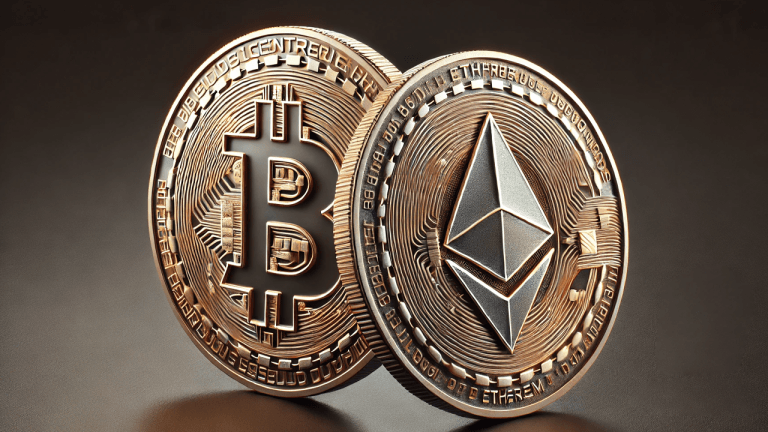
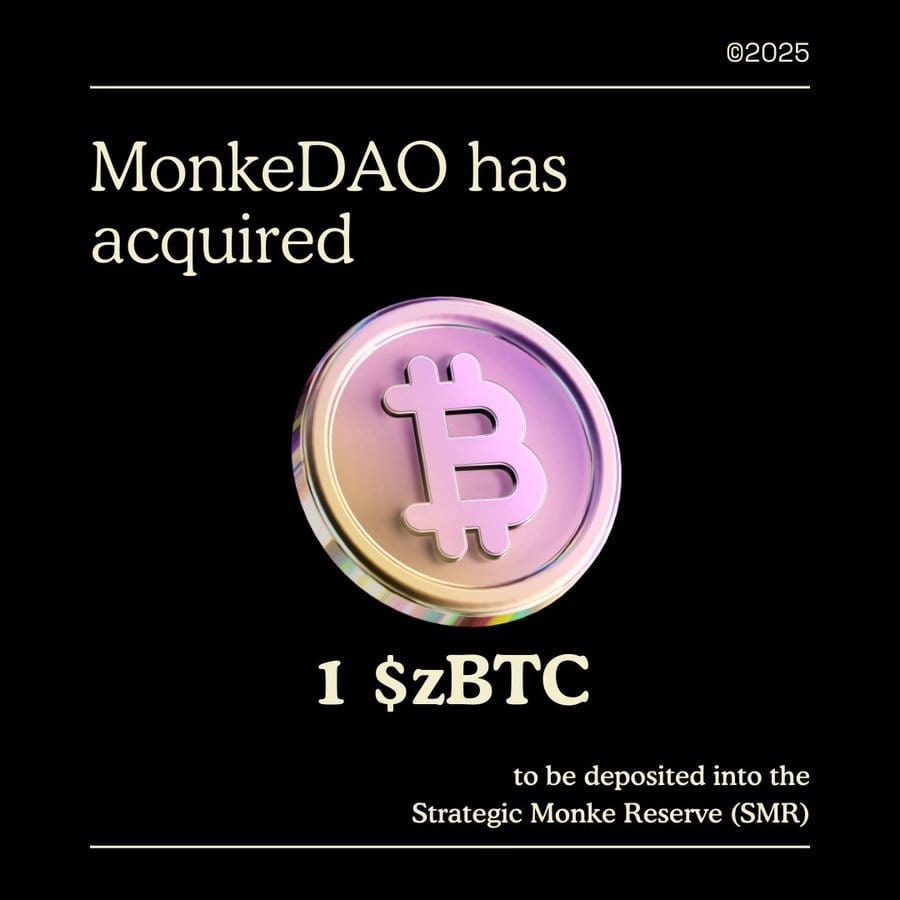


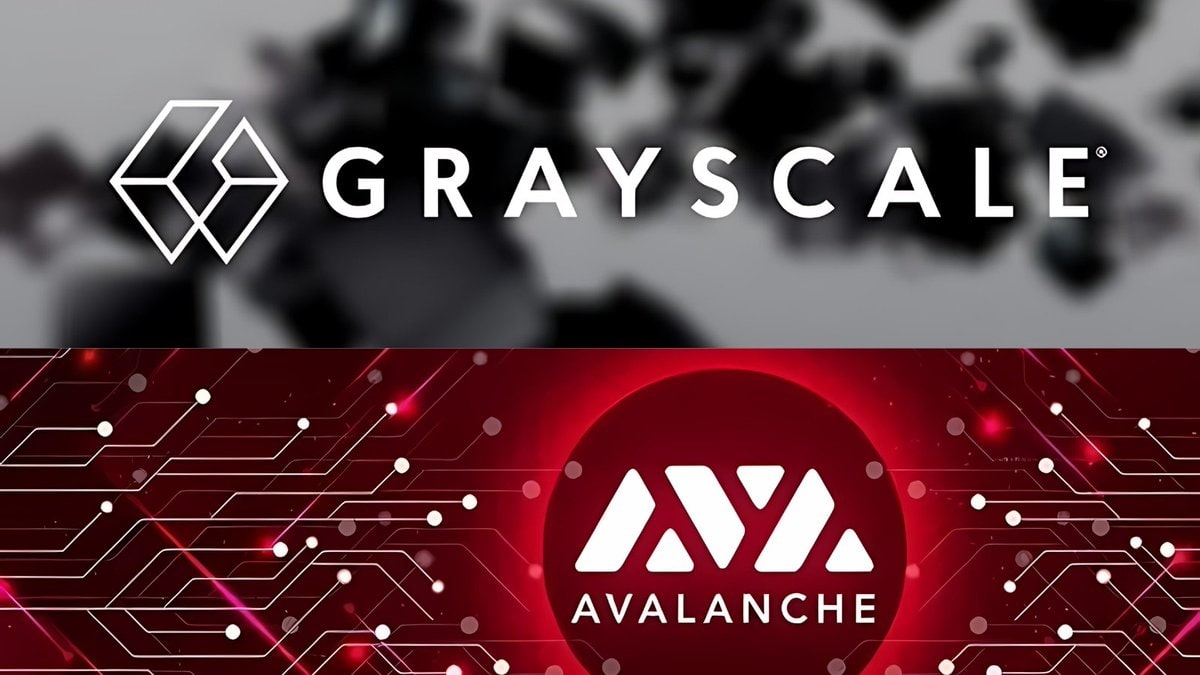

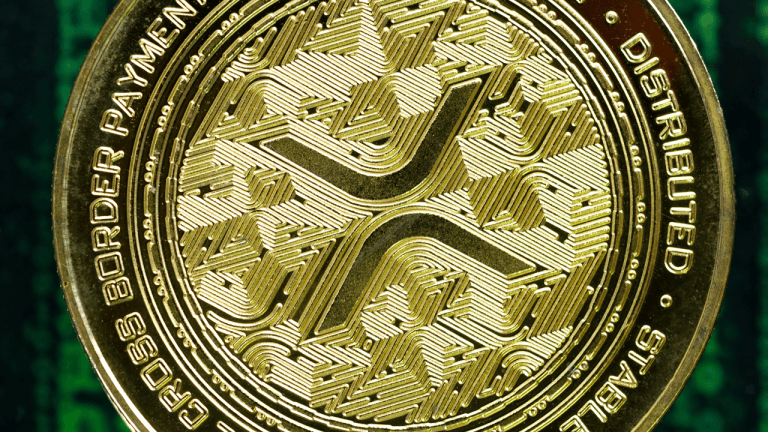




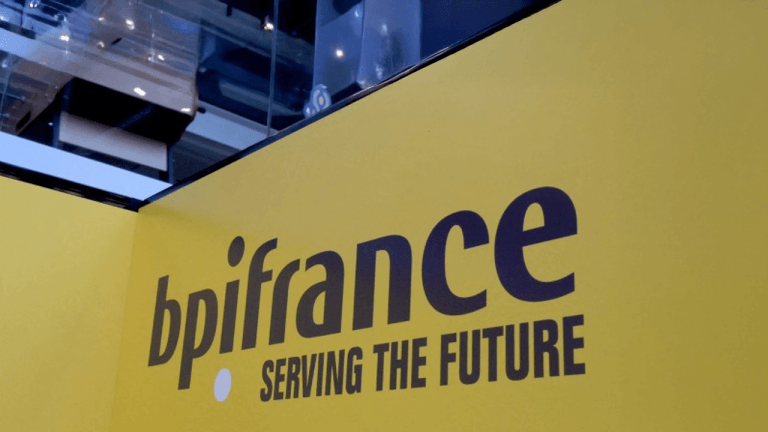
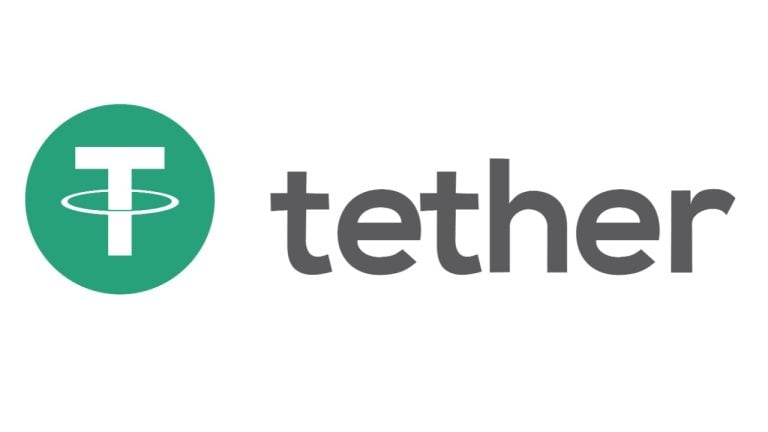
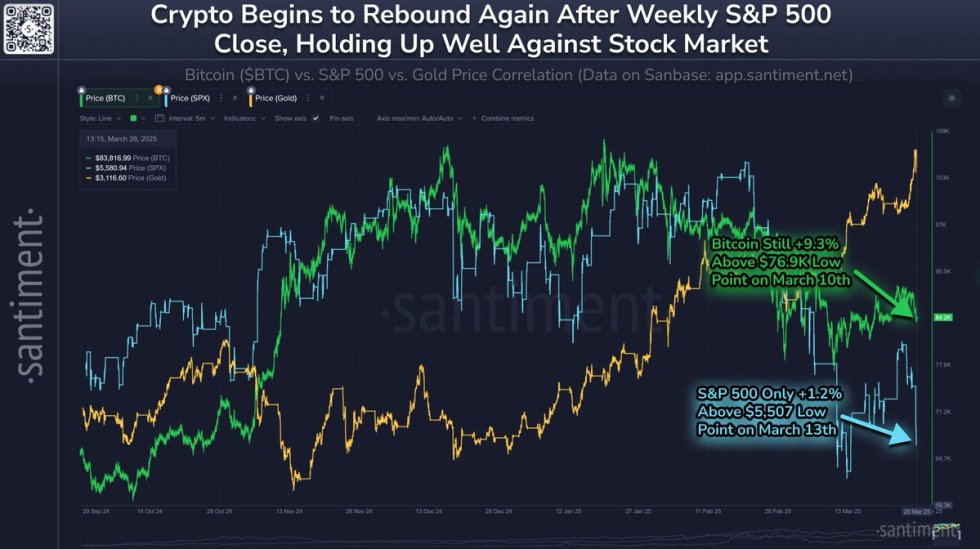

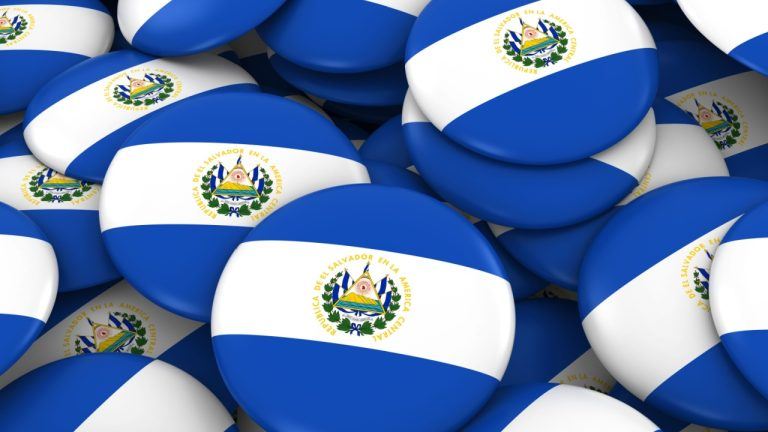
Comments